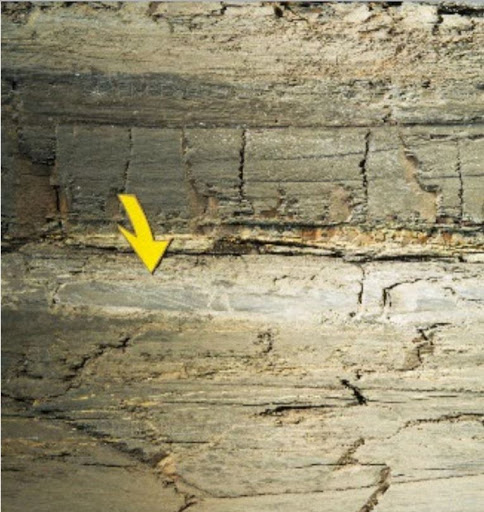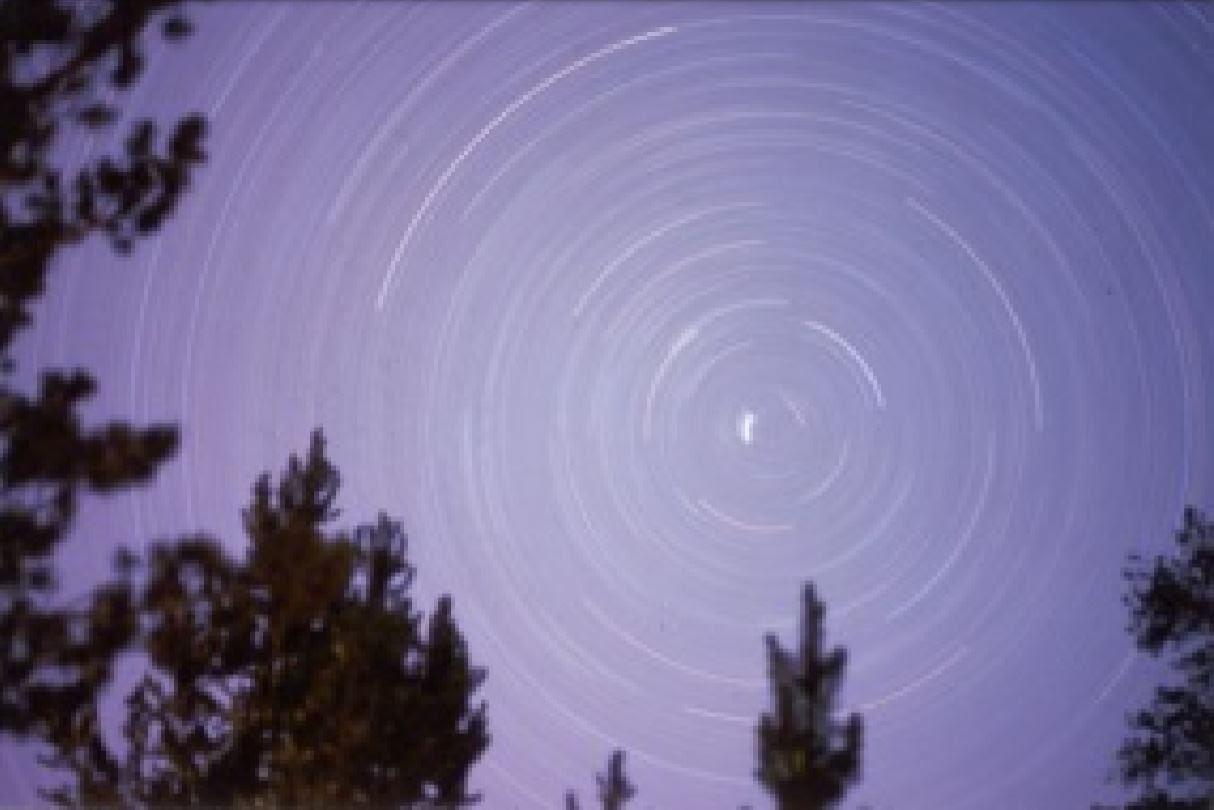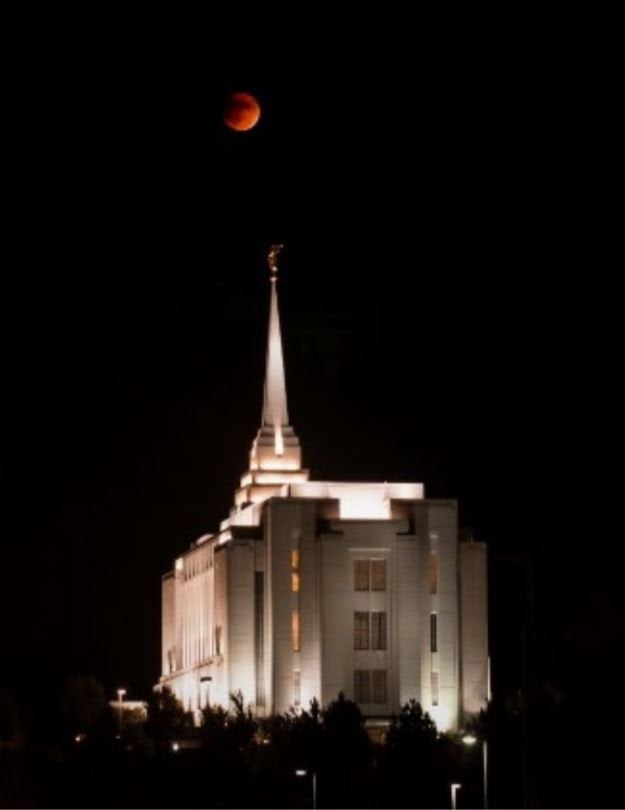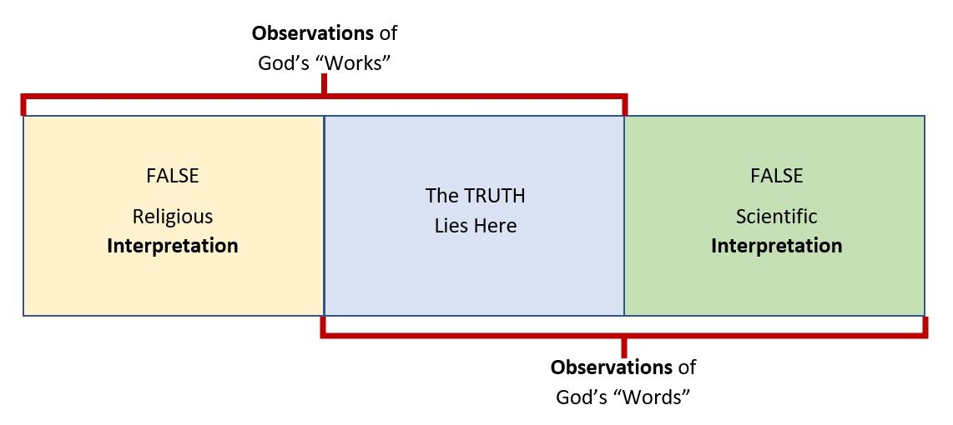
Explore 1.1 The Nature of Reasoned, Discovered, & Revealed Truth
Learning Objectives
By the time you have completed the 1.1 Introduction & Exploration Activities, you should be able to:
- Understand the meaning of the following terms/concepts and be able to identify examples of each: observation, interpretation, absolute truth, preparatory truth, reasoned truth, revealed truth, discovered truth, God’s Words, God’s Works.
- Understand reasoned, discovered, & revealed truth, so as to be able to describe their basic nature, identify their strengths and weaknesses, explain what "This is true!" means for each, provide examples of each, and describe which types of questions each is best suited to answer.
- Understand what a Disciple Scholar is and how to use the ‘Zone of Truth’ approach to address apparent conflicts between discovered and revealed truth.
Observation/Interpretation
We learned that an observation is a sensory experience - something you experience with your sense of sight, hearing, touch, taste, or smell. We also know that observations are objective and that all people should view them in the same way, regardless of philosophical, political, or religious outlook. Scientific observations describe nature the way it is. When we try to explain our observations, that is called an interpretation. One way our reading told us to know when it is an observation is whether or not you can point at it. If you can point at it, it’s an observation. If not, it’s an interpretation.
Identify whether each statement below is an observation or an interpretation:
The sedimentary rock layers in Figure 1.1.1. The yellow arrow points to a whitish layer that contains iridium and other elements uncommon in Earth’s crust but common in Iron-Nickel (Fe-Ni) meteorites. The layers below the whitish layer contain dinosaur fossils, and the layers above it do not contain fossils of dinosaurs. Is statement an observation or an interpretation?Answer ANSWER: Observation. The statement describes something you can point at. It also describes the characteristics of an aspect of nature. The yellow arrow in Figure 1.1.1 points to a whitish layer deposited when a ~10 km metal asteroid collided with Earth, causing the extinction of all non-avian dinosaurs. Is statement an observation or an interpretation?Answer ANSWER: Interpretation. The statement explains observations, describes the mechanism that produced the observations. You can’t point at the asteroid that struck Earth ~66 Mya. The streaks in Figure 1.1.2 result from the stars rotating around the North Star. This apparent motion is caused by Earth rotating about its axis. Is statement an observation or an interpretation?Answer ANSWER: Interpretation. This statement explains why we see the streaks of light in circular arcs across the picture. The moon in Figure 1.1.3 is partially shaded. Is statement an observation or an interpretation?Answer ANSWER: Observation. The statement describes the shadow covering the moon, which you can point to. The lunar eclipse in Figure 1.1.3 was caused by the Moon moving into the Earth’s shadow (as Moon orbits Earth). Is statement an observation or an interpretation?Answer ANSWER: Interpretation. The statement explains the mechanism that caused the shadow that partially covers the moon. |

Figure 1.1.1 Image of sedimentary rock layers, Raton Basin, New Mexico. (Credit, Wikimedia) 
Figure 1.1.2 Image of the night sky. (Credit, Dr. Brian Tonks, BYU-Idaho) 
Figure 1.1.3 Image of the moon and Rexburg Temple (Credit Dr. Jon Johnson, BYU-Idaho)
|
Absolute, Preparatory, Reasoned, Revealed, and Discovered Truth
There are things that are true, without a doubt, because that’s the way things are. These are absolute truths, yet in order to know them, we must have a perfect knowledge of all things. That will not happen in this life, yet, a personal spiritual experience, an official declaration of a prophet, or a scientific observation are good examples of ‘an absolute truth’. The first few minutes of this video from Pres. Kimball addresses absolute truth:
(Starts at 2:50. Watch until 10:40.)
- Preparatory truths are the truths we know now in this life, that we have obtained through observation and interpretation.
- Reasoned truths are logical ideas for which the conclusions follow (logically) from the premises. Discovered and revealed truths help discern the validity of reasoned truths when the logic makes sense, but the premise is still false.
- Revealed truths are ideas revealed to humans by God through the power of the Holy Ghost. They work well at giving us the ‘why’ of the world as we ask for it, through the gift of the Holy Ghost.
- Discovered truths explain our natural world. They are ideas of the physical world that correspond to nature 'as it actually is'. In other words, these truths are ideas that cannot be falsified by observations of the physical world made by humanity. They answer the ‘how’ of the world.
This video (about 6 minutes) by two of our BYU Idaho professors, Dr. Tonks and Dr. Moore, will help you distinguish between examples of these types of truth:
Identify whether each statement below is a reasoned, discovered, or revealed truth:
Jesus Christ created this Earth.
Answer
Revealed truth. The test for this truth is confirmation by the Holy Spirit, i.e., whether or not God has revealed this idea to the individual. A sedimentary layer containing iridium and shocked quartz separates layers that contain dinosaur fossils (and the fossils of many other organisms living during the Mesozoic) from layers that do not contain dinosaur fossils (or those of the numerous additional organisms that became extinct at the end of the Mesozoic). These layers and the resulting changes to life on Earth resulted, at least in part from the collision of a large iron-nickel meteorite with Earth.
A sedimentary layer containing iridium and shocked quartz separates layers that contain dinosaur fossils (and the fossils of many other organisms living during the Mesozoic) from layers that do not contain dinosaur fossils (or those of the numerous additional organisms that became extinct at the end of the Mesozoic). These layers and the resulting changes to life on Earth resulted, at least in part from the collision of a large iron-nickel meteorite with Earth.
Answer
ANSWER: Discovered truth. The test for this truth is prediction & observation, i.e., whether or not the statement corresponds to the way nature is.
The Book of Mormon contains the word of God.
Answer
ANSWER: Revealed truth. The test for this truth is confirmation by the Holy Spirit, i.e., whether or not God has revealed this idea to the individual.
The Book of Mormon contains 3,925 references to Jesus Christ.
Answer
ANSWER: Discovered truth. The test for this truth is observation; in this case, whether or not the Book of Mormon contains the stated number of references to Christ. This number came from the following infographic, published by the Church of Jesus Christ on their website: http://www.whatdomormonsbelieve.com/2012/03/lds-infographic/. The test for truth is not whether the Church published the number or not—though that may cause you to place high confidence in the truthfulness of the assertion; the test is observing the book’s references to Christ.
2 + 2 = 4
Answer
ANSWER: Reasoned truth. The true answer (4) results from correctly applying the principles (rules) of arithmetic.
God’s Words/God’s Works
In this class we use 'God's Words' to refer to all truth that God has revealed and 'God's Works' to describe the physical world and all it contains. It is important to remember that God's Words and God's Works have the same source. They both come from God. Because they both come from God, they must tell the same story.
Answer the questions below:
Which is more important, studying God’s words or his works?
Answer
ANSWER: The study of God's Works, science, is a God-commanded, faith-building endeavor. By studying God’s words and works together we are able to see His hand in the creation of the Earth. Both are important.
Do revealed truths represent God's words or works?
Answer
ANSWER: Revealed truths represent God’s words. They are ideas revealed to humans by God through the power of the Holy Ghost. God’s words help us gain knowledge about the spiritual world—including the nature of God and the requirements for returning to His presence. Revealed truths help us understand WHY God creates.
Do discovered truths represent God’s words or works?
Answer
ANSWER: Discovered truths represent God's works. The functioning and development of natural systems such as stars, rocks, and fish are good examples of God’s works. God’s works are better understood by discovery through science. Discovered truths help us understand HOW God creates.
What is a disciple scholar?
Answer
ANSWER: Disciple Scholars are individuals who are deeply committed and keenly able to use God's Words and God's Works (together with their ability to reason) to find & do God's will and to understand & apply all truth, including about the natural world.
How can you know what is true when science and religion seem to disagree?
Answer
ANSWER: When conflict appears, the problems lie with the interpretations—not with observations, which are essentially indisputable. As such, even in situations where we cannot fully reconcile observations from God's Words (revelation) and God's Works (discovery), we can still use observations to limit possible interpretations. This concept is illustrated by the diagram below:
Watch this video (4 minutes) of a world renowned chemist who believes that we need two views, God’s works and God’s words, to see:
